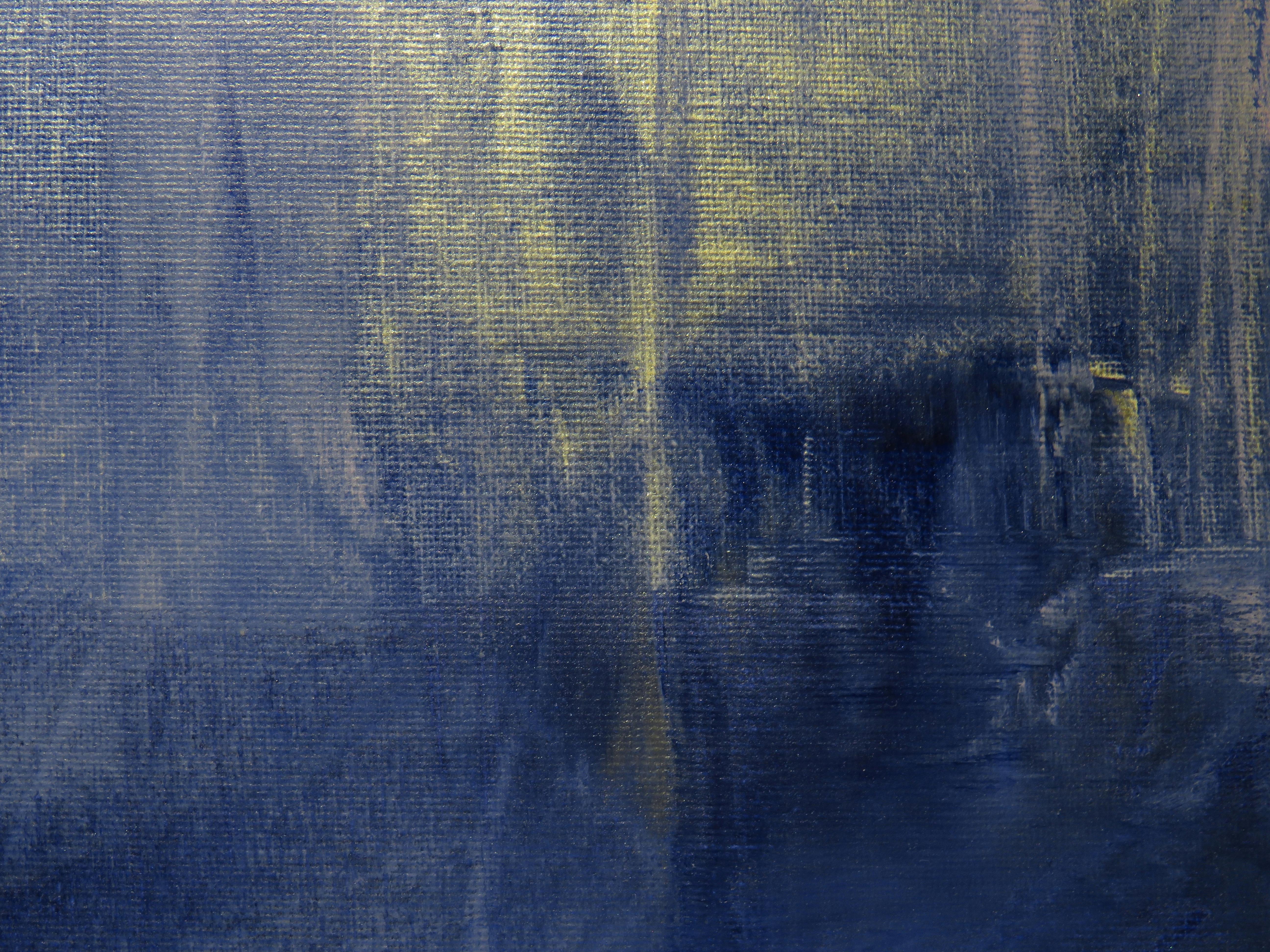
Handmade From Bali: 4 Types Of Wood Commonly Used In Indonesian Wood Art And Furniture
When an artist decides to create a new piece, one of the first decisions he makes is what material will he use? We see intricate designs and patterns woven and chipped into wood and stone. Bali, being the main source of wood carvings, makes a lot of shavings. They tirelessly remove a block of wood to create the beautiful creations we have today. One of the first items they have to get is the materials. Most of the time, they use inexpensive materials. Trees are generally abundant on the island. What trees are they looking for? What trees are they using to create their art? Let’s take a brief look at the 4 main trees that are frequently used in Balinese wood carvings and see some of their unique properties and benefits of carving with these different types of trees.
The first tree has the most commonly used wood for carving in Bali. It is known to the locals as ‘Albesia’ or ‘Belalu’. (Albizia Falcata) It is a soft, white wood. There are numerous reasons why it is used so frequently. It is native to Indonesia. As such, it grows considerably well up to the staggering height of 130 feet. That is nothing special. A few redwoods have been found that are 380 feet tall, but when you consider how fast Albesia grows, it becomes quite apparent why it is the preferred species in Indonesian plantations. It can grow up to 30 feet tall in just 2 years. That is astronomical! It has the official title as “the fastest growing tree in the world”. Because it is such a fast grower, Indonesian farmers have been able to make a living from this tree alone, planting it anywhere they can. The wood core is used to make furniture, doors, and plywood. It is also resistant to termites. At Golden Sun, we tested one of our pieces and left it near a termite bed for a week, and surprisingly it was not damaged by termites. For these reasons, most of our carvings are made from the almighty Albesia wood.
The next tree is known as “crocodile” or satin wood. (Zanthoxylum Rhetsa) You can see why it is called crocodile wood. Some villagers have been spooked before by the crocodile wood floating downstream, as it looks like the back of a crocodile. Something funny! =) It is a white wood, relatively hard. Carving with this wood gives a very smooth finish. So smooth it looks like ivory.
Continuing to the right, we have the “Suar” or Rain Tree. (Albizia Saman) This tree has a hard wood of brown color. It is a wide-crowned tree with a great symmetrical extension. It is known as the rain tree because its leaves fold in the rain and when the sun goes down. It reaches a height of 82 feet and almost 120 feet in diameter. The wood is quite heavy, which makes it an ideal choice for home supports. Balinese wood carvings that use this wood are dark in color and carry considerable weight. It is a wood preferred by importers outside of the tropics because its interlocking interlocking grain prevents the wood from cracking when placed in drier climates. If you live in the desert or in Texas, you should choose this wood.
Finally, we have the “Waru” or Gray Hibiscus. (Hibiscus Tiliaceus) The wood is white mixed with light gray. This wood often makes distinctive two-tone carvings. As it ages, the gray turns green and gives it an earthy look. These trees are very short, reaching a measly 32 feet tall. The outer bark of this tree has strong fibers that are used to make rope. It has the unique property of being stronger when wet. That is why it is commonly used to caulk boats. It is the high quality wood for furniture. If you want to have your piece outside, I recommend that you get some “waru” wood. That way, you won’t have to worry about moisture in the air.